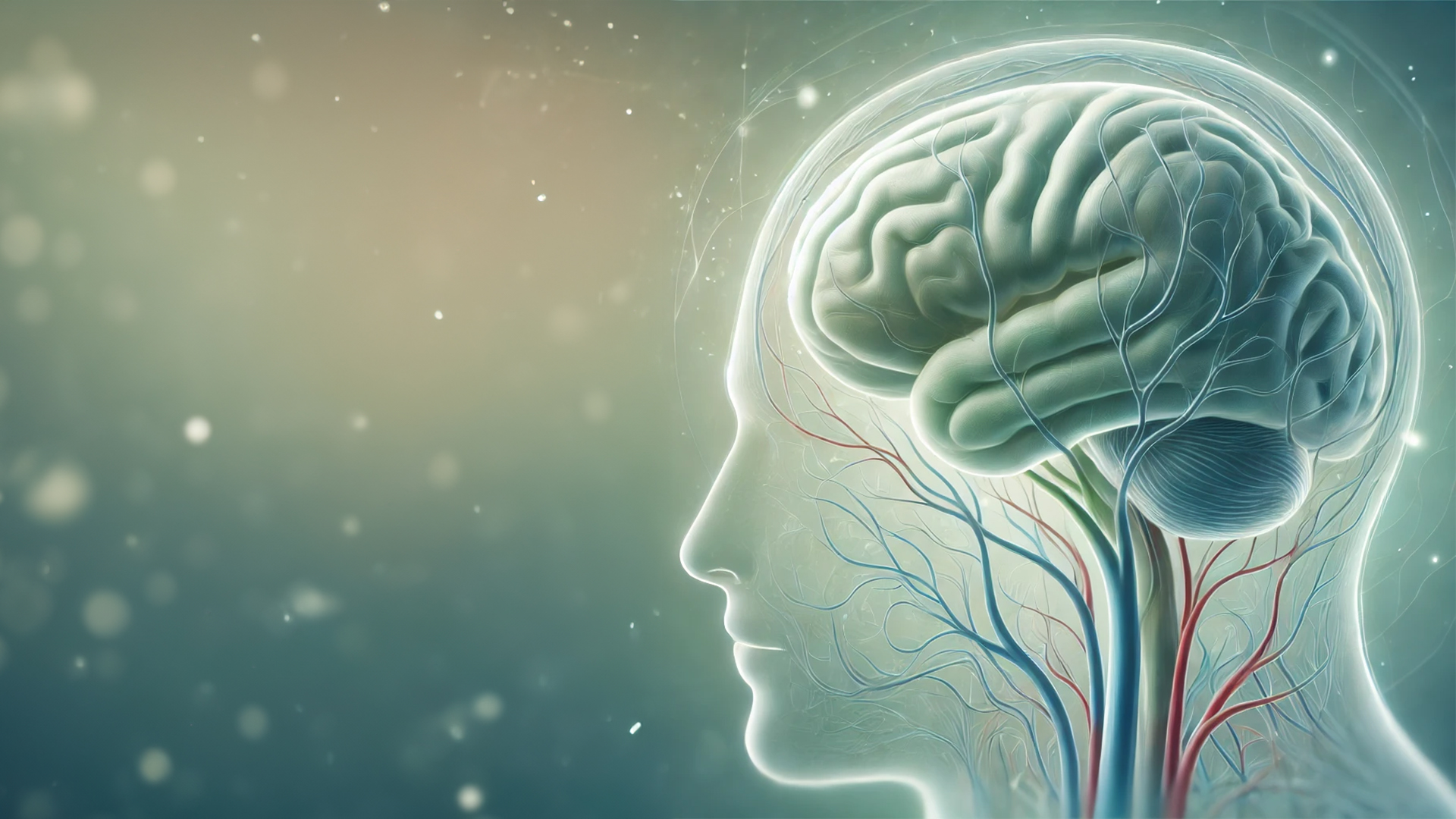
Brain Aneurysm
The information given below does not contain health advice. If you are considering this procedure, you should consult a doctor. Click here to see the health facilities and doctors providing this service on the HealthTürkiye portal.
What is Brain Aneurysm?
A brain aneurysm is a balloon-like bulge that forms in the wall of the brain arteries. It is usually caused by a weakness or a thin area that causes the vessel wall to expand. Aneurysms usually form where blood vessels in the brain fork. In most cases, they can develop asymptomatically and remain unnoticed throughout a person's life. However, in some cases, when an aneurysm ruptures, it can cause serious complications that can be life-threatening.
Anatomical Basis of Brain Aneurysm
Blood is transported to the brain via the carotid and vertebral arteries. An aneurysm usually occurs in the complex network of vessels at the base of the brain, called the Polygon of Willis. Weakening of the elastic and muscular layers of the vessel wall, combined with factors such as high blood pressure, can lead to this ballooning.
Types of Brain Aneurysm
Brain aneurysms can be classified according to their shape, size and location:
- Saccular Aneurysm: It is the most common type and looks like a grape seed. It is usually seen where there is vascular branching.
- Fusiform (Spindle-shaped) Aneurysm: Enlargement occurs around the entire circumference of a section of the vessel. This type of aneurysm is less common.
- Microaneurysms: These aneurysms, which are usually smaller than 3 mm, can be detected incidentally during routine examinations.
Aneurysm Sizes
- Small Aneurysms Less than 10 mm
- Large Aneurysms Between 10-25 mm
- Giant Aneurysms Larger than 25 mm
Causes and Risk Factors of Brain Aneurysm
Both genetic and environmental factors may be involved in aneurysm development:
- Genetic Factors
- Family history of aneurysm
- Genetic disorders such as polycystic kidney disease
- Lifestyle Factors
- Smoking
- Chronic alcohol consumption
- Medical Conditions
- Hypertension (high blood pressure)
- Atherosclerosis (arteriosclerosis)
- Age and Gender
- It is more common in women, especially in the postmenopausal period. The risk also increases with age.
Symptoms of Brain Aneurysm
Most brain aneurysms are asymptomatic. However, in some cases, the following symptoms may occur:
- Sudden and severe headache
- Vision problems (blurred or double vision)
- Nausea and vomiting
- Neck stiffness
- Loss of consciousness
When an aneurysm ruptures, a serious condition called subarachnoid hemorrhage can occur. This is characterized by severe headaches and neurological disorders.
Brain Aneurysm Diagnosis Methods
A brain aneurysm is usually diagnosed by the following imaging methods:
- Computed Tomography (CT)
- Magnetic Resonance Imaging (MRI)
- Angiography
Brain Aneurysm Treatment Methods
The treatment of a brain aneurysm depends on the size and location of the aneurysm and the general health of the patient.
Surgical Treatment
- Open Surgery (Clipping): The aneurysm is closed by opening the head and inserting a clip into the root of the vessel.
- Endovascular Treatment (Coiling): Thin wires are inserted into the aneurysm through a catheter and blood circulation is blocked.
Monitoring and Prevention
If the aneurysm is small and asymptomatic, it is followed up with regular imaging. Blood pressure control, smoking cessation and a healthy lifestyle are recommended to reduce risk factors.
Complications
Rupture of an aneurysm can result in subarachnoid hemorrhage, stroke, coma or death. Even unruptured aneurysms can cause neurological symptoms by pressing on neighboring tissues.
Brain Aneurysm Prevention
Lifestyle changes are important to prevent brain aneurysms:
- Regular control of blood pressure
- Adoption of healthy eating habits
- Regular exercise
- Stress management
Although brain aneurysms are a serious health problem, they can be managed with early diagnosis and proper treatment. Reducing risk factors and having regular check-ups are critical in preventing aneurysm-related complications. Raising awareness on this issue will be an important step for individuals to protect their own health.
Why Choose HealthTürkiye?
Türkiye has become a sought-after destination for medical tourism, thanks to its well-established healthcare system and highly trained medical professionals. HealthTürkiye, an official representative of the Türkiye healthcare system, has been authorized by the Ministry of Health of the Republic of Türkiye to assist international travelers seeking medical care in Türkiye. USHAŞ is a government-affiliated organization that makes it easier for international travelers to get the right direction and guidance for medical services. HealthTürkiye offers specialized services to guide patients from all over the world in accessing top-quality medical services in Türkiye.
HealthTürkiye provides a wide range of medical facilities and advanced technology to ensure that patients receive the best possible care. The organization collaborates with the foremost hospitals in the field to develop personalized treatment plans for each patient, considering their specific needs and preferences. The medical professionals at these hospitals are highly trained and experienced, ensuring that patients receive safe, effective, and high-quality care.
Building on the achievement of HealthTürkiye, Türkiye strives to position itself as the greatest global center for healthcare services. By prioritizing inclusive and readily available healthcare services, as well as embracing cutting-edge technology and specialized knowledge, Türkiye has emerged as an appealing destination for individuals seeking medical tourism opportunities.
If you would like to benefit from Türkiye's healthcare services, HealthTürkiye will meet you the best medical care.


